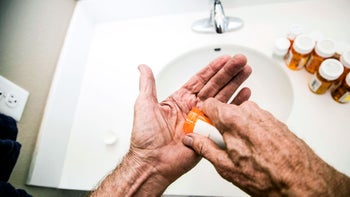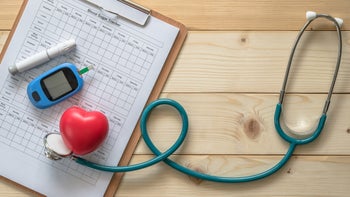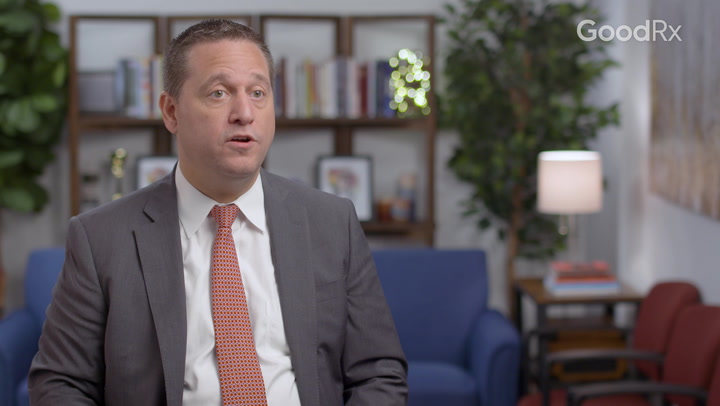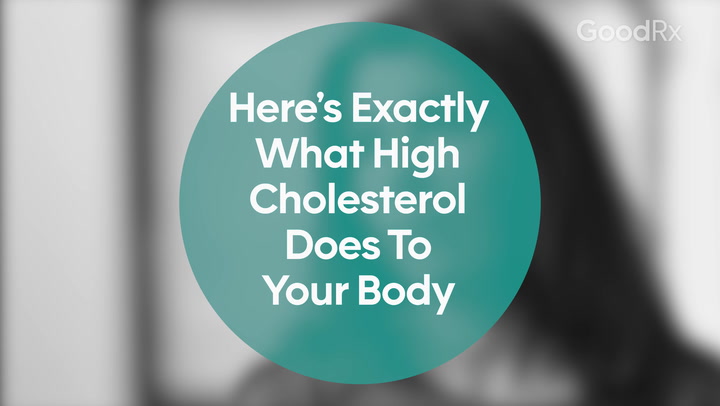
How to Manage the Continuing Costs of Heart Disease
Key takeaways:
Heart disease is one of the most expensive health conditions to treat in the U.S.
Even with insurance, out-of-pocket expenses for a heart condition often exceed $2,000 a year.
Health insurance, financial assistance programs, asking questions upfront, and seeking a “good faith estimate” in advance can help reduce your out-of-pocket costs.
Table of contents

Heart disease is the leading cause of hospitalization and death in the U.S., accounting for nearly 700,000 deaths in 2020. Also known as cardiovascular disease, it is one of the most expensive conditions to treat.
Several conditions fall under heart disease. Among them:
Heart valve disease, such as aortic valve stenosis
Prescription Savings Are Just the Beginning
See what other benefits you qualify for—from cashback cards to cheaper insurance.

For people diagnosed with heart disease and who are undergoing treatment, medical bills may be paid out of pocket, by insurance, or with the help of financial assistance programs. A year’s worth of out-of-pocket expenses for a heart condition often exceeds $2,000.
Sometimes, people with chronic conditions such as heart disease have added stress because of the cost of treatment. In fact, financial toxicity is a relatively new term used to describe the financial burden as well as the related economic hardship and distress that results from ongoing medical expenses.
Financial toxicity is often higher among people with heart disease than those with cancer, according to a study by the American College of Cardiology. Much of the higher out-of-pocket costs are related to new prescription drugs for heart disease management that are more expensive.
One study showed that the median out-of-pocket costs for Medicare enrollees with heart disease or stroke was $2,371 annually, compared to $2,120 for someone with cancer.
On average, people younger than 65 with atherosclerosis — thickening or hardening of the arteries — can spend more than $2,000 a year on out-of-pocket medical costs in addition to insurance premiums. For patients with heart failure, those annual out-of-pocket costs soar to $5,000.
Does health insurance cover heart disease costs?
Yes. Most plans cover some of the costs of heart disease. Most often, the costs related to heart disease management involve prescription drugs.
Read more like this
Explore these related articles, suggested for readers like you.
If you have insurance, being aware of your health plan’s coverage and out-of-pocket costs can help you manage the expenses associated with heart disease. If you don’t have insurance, understanding financial assistance programs and discounts can be helpful in managing costs.
Having the right health insurance can enhance your quality of life. Most adults who are not seniors have coverage through an employer’s group health plan or a plan from the Affordable Care Act (ACA) marketplace.
Original Medicare and Medicare Advantage plans typically offer coverage for heart disease and major heart conditions. Medicare also covers most of the costs of cardiac rehabilitation for people who have had events including:
Heart attack
Bypass surgery
Heart transplant
Valve repair or replacement
Medicare Part D covers the costs of many medications used to manage heart disease.
How much does it cost out of pocket to get tested for heart disease?
Preventive screenings for heart disease are typically covered by private insurance providers. Some are covered under the ACA’s preventive health benefits at no cost to you. For other tests, you will be responsible for meeting your deductible as well as copays and coinsurance.
Medicaid and most Medicare Advantage plans will cover cardiovascular screening tests. If you have Medicare Part B, your coverage includes cardiovascular screening blood tests every 5 years at no cost if your provider accepts the assignment. These blood tests help detect conditions that may lead to a heart attack or stroke.
Without insurance, cardiovascular tests can range from hundreds of dollars to more than $20,000. A 2022 report from the Journal of the American Medical Association discussed the self-pay cash prices of cardiovascular tests for the top 20 U.S. hospitals in late 2021. The findings included median price ranges for:
Transthoracic echocardiogram, known as a ECG or EKG: $204 to $2,588
Nuclear stress test: $463 to $3,230
Right heart catheterization (RHC), a type of cardiac catheterization: $2,868 to $9,203
Diagnostic coronary angiogram: $657 to $25,521
How much do people with heart disease spend on medication?
There are many prescription medications that treat heart disease. Some generic medicines are available for less than $10 a month, while newer drugs can cost hundreds of dollars per month.
For instance, this GoodRx listing of heart failure medications ranges from less than $10 to more than $500 for a month’s supply.
Lisinopril — a generic ACE inhibitor used to treat high blood pressure and heart failure and to reduce the risk of death after a heart attack — may have a GoodRx price as low as $9, and even less with GoodRx Gold.
Entresto, which is used to treat chronic heart failure and has no generic alternative, has a GoodRx price above $600. This drug’s manufacturer offers a patient assistance program through which people with commercial insurance could pay as little as $10 for a 30-day, 60-day, or 3-month supply.
What you spend on heart failure medications out of pocket depends on several factors, including:
Your insurance status
What your plan pays for a specific drug, if you have insurance
The GoodRx price
Whether you qualify for a patient assistance program
How much money do people with heart disease spend on physical rehabilitation?
Cardiac rehabilitation can improve a person’s quality of life through exercise and counseling. This highly effective therapy can be expensive, which makes choosing this treatment option difficult for some people.
Cost-sharing for people with Medicare or other insurance depends on whether you have met your deductible as well as whether you have a copay or coinsurance for each session.
In 2020, the Journal of the American Medical Association noted that the average out-of-pocket cost for a cardiac rehab session was $20 to $50.
With original Medicare, you must meet the Part D deductible ($233 in 2022) before your out-of-pocket costs are reduced to a 20% copayment. Often, cardiac rehab programs last 36 sessions. If you need 36 sessions, the first would be paid at full cost and would likely meet your deductible. The other 35 sessions, where you might pay $50 each, would equal $1,750. In all, a full 36-session cardiac rehab program would cost you about $2,000 out of pocket.
If you are uninsured or have an insurance plan that does not cover cardiac rehab, you still may qualify for reduced out-of-pocket costs. For example, some healthcare providers offer discounts for self-pay.
Researchers emphasize that cardiac rehabilitation also reduces future hospitalizations — which provides potential cost savings.
How much money do people with heart disease spend on surgical costs?
Depending on the procedure, heart surgery can be among the most expensive medical procedures. Some of the most common heart surgeries are:
Cardiac bypass
Heart valve replacement
Angioplasty
If you have insurance, what you will spend depends on your specific healthcare plan.
If you are a self-pay customer, there are healthcare cost tools that can help you estimate the cost of a surgery. For instance, the Sidecar care calculator provides these cash estimates for cardiac care in the U.S. and by state. These are some average cash prices:
Cardiac bypass: $55,694 nationwide and by state
Cardiac catheterization: Can be used for diagnosis but also to perform different procedures and averages more than $100,000
Finding out how much you will pay for surgery became easier as of January 1, 2022. That’s when the No Surprises Act became effective. This new law allows you to get a “good faith estimate” of expected charges for an item or service if you do not have insurance or you have insurance and plan to self-pay without filing an insurance claim.
Healthcare facilities or providers must provide the cost estimate when you schedule a procedure or upon your request. The good faith estimate should include the expected cost of the main surgery as well as any other items and services that are part of the procedure. You can dispute the bill if it is more than $400 above the estimate.
The No Surprises Act also protects people with insurance from out-of-network costs during emergency care. For patients with cardiovascular disease, surprise bills are most likely to come from emergency visits as well as procedures with in-network primary providers that have out-of-network supportive services such as anesthesiology and radiology.
How much money do people with heart disease spend on copays and doctor visits?
What you will spend on copays and doctor visits depends on several factors, such as:
Whether you have insurance
Your specific health plan
How often you visit a provider such as a physician or physical therapist
Your medication, whether you have an insurance plan, if you have met your deductible, and the copay associated with your prescription drug coverage
Copays are among the out-of-pocket costs you may encounter if you have insurance. Others include meeting your deductible, coinsurance, and added expenses such as transportation.
People with heart disease spend about $2,000 more per year on healthcare premiums and out-of-pocket costs for services than people without heart disease and other chronic conditions. According to a 2019 study, the difference was an average $4,124 per year for people with heart disease and $2,558 for the other group.
Are there grants or charity funds that help pay for heart disease treatments?
For medications, you may qualify for a patient assistance program through your prescription’s manufacturer. These benefits may be available whether you have insurance, are uninsured, or are underinsured.
Some hospitals and other providers offer financial assistance programs to people who qualify.
For example, Cedars-Sinai Medical Center — which has locations in the Greater Los Angeles area — offers these options:
Full financial assistance to patients whose income is at or below 400% of the federal poverty level ($106,000 for a family of 4 in 2021)
Partial financial assistance for people whose incomes are up to 600% of the federal poverty level ($159,000 for a family of 4 in 2021)
Other discounts on a sliding scale depending on income
Organizations that help people with heart disease afford care and medications include:
Patient Advocate Foundation: Offers copay relief to help people afford lifesaving prescription medication; funds are available by condition, location, and need; includes potential assistance for people with heart failure, coronary artery disease, and other cardiac diagnoses.
HealthWell Foundation: Helps underinsured people with chronic or life-altering illnesses with insurance premiums, copays, deductibles, travel costs, and other expenses; they also offer funding by condition.
PAN Foundation: Provides financial assistance to underinsured people to cover copays, health insurance premiums, and transportation costs related to treatment; also helps with medications and funds by condition.
How can I prevent the onset of heart disease?
As mentioned earlier, heart disease is the leading cause of death in the U.S. According to the American Heart Association, the best way to prevent the onset of heart disease is by leading a healthy, active lifestyle.
The AHA recommends these 8 steps to help you lower your risk of heart attack and stroke:
Calculate your heart disease risk
Eat a healthy diet
Be more physically active
Maintain a healthy weight
Don’t smoke, vape, or use tobacco products
Manage any other health conditions
Take your medication as directed
Build a wellness team
The bottom line
Cardiovascular disease is a chronic condition that requires ongoing care — which means continuing costs. Depending on the severity of your heart disease, treatment can be very expensive.
Financial toxicity is higher among people with heart disease than those with cancer. Your health insurance will probably provide some coverage for your heart condition. Even with insurance, one year of out-of-pocket expenses for a heart condition often exceeds $2,000.
Check with your provider and medical facility to see if you qualify for a financial assistance program. You also should find out if you are eligible for prescription manufacturer patient assistance programs or grants from a charitable organization. Though family history and genetics are factors, a healthy, active lifestyle is the best way to prevent heart disease and avoid its financial hardships.
Why trust our experts?
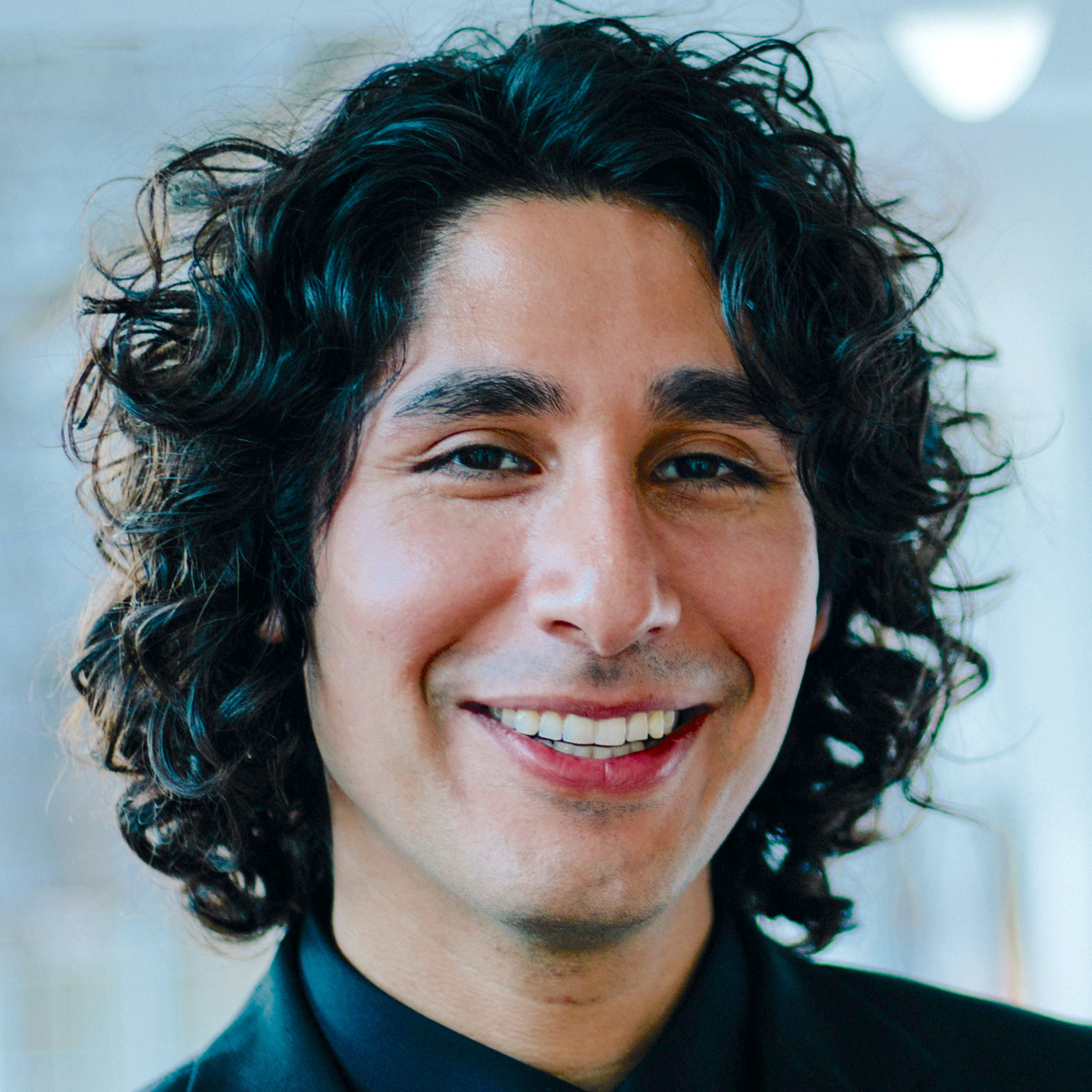

References
American Heart Association. (2019). 8 things you can do to prevent heart disease and stroke.
Bernard, D., et al. (2019). Financial burdens and barriers to care among nonelderly adults with heart disease: 2010–2015. Journal of the American Heart Association.
Care Calculator by Sidecar Health. (n.d.). Cost of cardiac catheterization by state.
Care Calculator by Sidecar Health. (n.d.). Cost of heart bypass surgery by state.
Care Calculator by Sidecar Health. (n.d.). Cost of heart bypass surgery.
Care Calculator by Sidecar Health. (n.d.). Know before you go.
Cedars-Sinai. (n.d.). Financial assistance.
Centers for Disease Control and Prevention. (2022). Heart disease facts.
Centers for Medicare and Medicaid Services. (n.d.). No Surprises Act.
Centers for Medicare and Medicaid Services. (2022). Understanding costs in advance.
Gopal, S., et al. (2022). Nuclear medicine stress test. StatPearls.
HealthCare.gov. (n.d.). Preventive health services.
HealthWell Foundation. (n.d.). Disease funds.
HealthWell Foundation. (n.d.). What we do.
Icahn School of Medicine at Mount Sinai. (n.d.). Cardiac rehabilitation.
John Hopkins Medicine. (n.d.). Atherosclerosis.
John Hopkins Medicine. (n.d.). Cardiac catheterization.
Khera, R., et al. (2018). Association of out-of-pocket annual health expenditures with financial hardship in low-income adults with atherosclerotic cardiovascular disease in the United States. JAMA Cardiology.
Krishnamurthi, N., et al. (2018). Leading causes of cardiovascular hospitalization in 8.45 million US veterans. PLOS One.
Medicare.gov. (n.d.). Cardiac rehabilitation.
Medicare.gov. (n.d.). Cardiovascular disease screenings.
Medicare.gov. (n.d.). Part B costs.
MedlinePlus. (2020). Coronary angiography.
Oseran, A. S., et al. (2022). Assessment of prices for cardiovascular tests and procedures at top-ranked US hospitals. JAMA Internal Medicine.
PAN Foundation. (n.d.). Find a disease fund.
PAN Foundation. (n.d.). PAN Foundation.
Patient Advocate Foundation. (n.d.). Disease funds.
Patient Advocate Foundation. (n.d.). Patient Advocate Foundation Co-Pay Relief.
Slavin, S. D., et al. (2021). Financial burden, distress, and toxicity in cardiovascular disease. American Heart Journal.
Valero-Elizondo, J., et al. (2021). Atherosclerotic cardiovascular disease, cancer, and financial toxicity: Among adults in the United States. JACC: CardioOncology.
Vishwanath, V., et al. (2020). Reimagining cardiac rehabilitation in the era of coronavirus disease. JAMA Health Forum.
Warraich, H. J., et al. (2020). Financial toxicity with cardiovascular disease management: A balancing act for patients. Circulation: Cardiovascular Quality and Outcomes.






